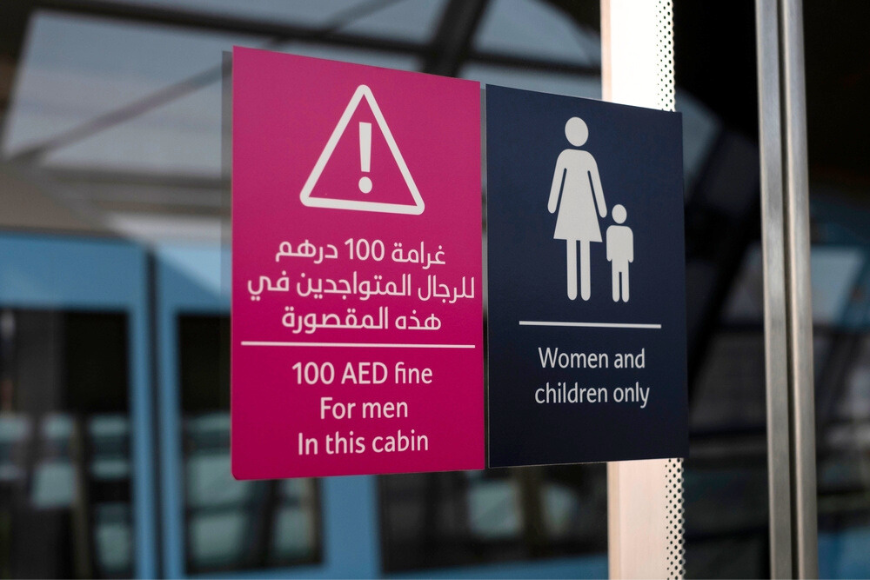Purpose-built online schools, or traditional schools doing remote learning? Find out which is the better choice
16 May 2021
| Last updated on 1 June 2021An online school in an online learning environment.
Online learning, digital learning, remote learning, blended learning, ed tech… are just some of the words that have been used to describe education across the world as schools, colleges and universities have been forced to restructure their educational programmes in the wake of the COVID-19 pandemic.
And, whilst 'online learning' is set to remain a key part of education moving forward, there are some fundamental differences between this method of teaching and learning, and educational programmes that are specifically designed for a purpose-built online school.
Purpose-built online schools have been around for years, and are not to be confused with brick-and-mortar schools teaching remotely due to Covid.
There is no doubt that over the past year, educators have embraced online learning and have adapted to the best of their ability, with very little notice and guidance in moving to this way of teaching. In what has been a steep learning curve over the last 12 months the realisation, for most schools, of what works in a physical classroom doesn’t always translate well in an online environment.
But, when done well, online learning can be as effective as learning in a traditional brick-and-mortar classroom.
Students at Pearson Online Academy USA, Connections Academy and Harrow School Online are just some of the 105,000 young people across the world using Pearson online learning platforms to power their learning. This year, educators are looking forward to welcoming even more at Pearson Online Academy UK Global when it opens its virtual doors this September.
What are the key differences?
The structure of learning in an online school is noticeably different.
1. Interactive technology
At Pearson Online Academy, the flipped classroom approach increases student engagement and encourages critical thinking.
Their proven technology enables students to study from home, progressing through interactive self-study materials to develop an understanding of subject content before joining 'LiveLesson' sessions in virtual classrooms with expert teachers and their fellow students across the world.
2. Students work at whichever time and pace suits them
Remote education follows the school's standard timings and structure, with classes beginning and ending at fixed times. On the flip side, an online school enables students to learn at their own time and pace.
By encouraging students to work through materials independently at a time and pace that suits them, and by using technology that generates deep insights about their learning, teachers can personalise lessons to the specific support or challenge requirements of the students in their class, with additional time freed up for them to work with individuals during one-to-one sessions.
3. All-around education instead of distance learning
In contrast to online learning, being part of an online school requires the provision of an all-round education.
On top of their rigorous and inspiring academic experience and extracurricular pursuits in sports, the arts, community service and academic enrichment, Pearson Online Academy students engage in activities that develop their leadership skills, perfect their English communication, build relationships and allows them to serve their global and local communities.
Empowering students to achieve academic excellence whilst supporting them to pursue their passions alongside peers from other countries means that online schools, like Pearson Online Academy UK Global, are able to create a global campus in which students broaden their understanding of different cultures and build an international network of friends.
To find out more, visit ukglobal.pearsononlineacademy.com




.png?itok=HBSyMDok)









































































.png)






























.png?itok=0fOAXkOm)

























.png?itok=EH_x0Pha)
